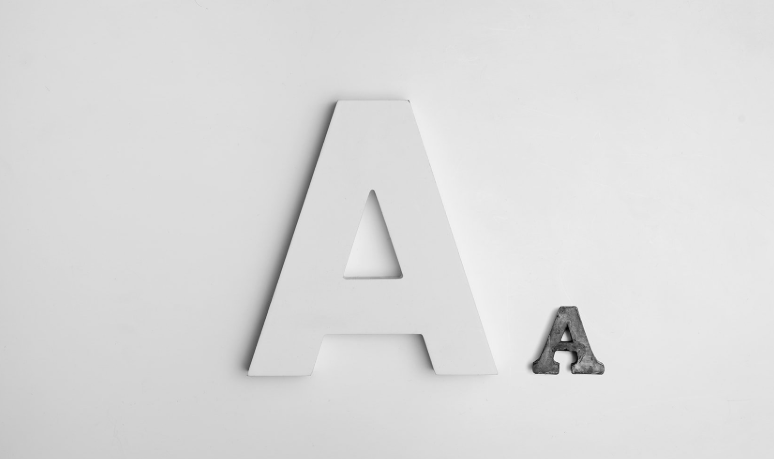How to Choose and Use Fonts Effectively
Typography is one of the most powerful tools in design. Choosing the right font can transform a project, influencing readability, mood, and the overall impression it creates. TypeType, an international type foundry, offers a wide range of high-quality fonts that cater to various design needs. Understanding how to select and use these fonts effectively can help designers create visually compelling and cohesive designs.
How to Understand Different Font Categories
TypeType organizes its fonts into categories to make it easier for designers to find the right style. Understanding these categories is key to using fonts effectively.
Sans Serif
Sans serif fonts are modern and clean, with no extra strokes at the ends of letters. They are ideal for digital interfaces, branding, and user-focused designs because of their readability and contemporary look.
Serif
Serif fonts feature small strokes or lines at the ends of letters, giving a traditional, elegant appearance. They work well in editorial content, print media, and projects where a classic or formal aesthetic is desired.
Slab Serif
Slab serif fonts have bold, block-like serifs that make a strong visual statement. They are commonly used for headlines, posters, and other designs where the text needs to stand out.
See also: How Technology Is Redefining the Entertainment Industry
Display
Display fonts are decorative and expressive, intended for large text and attention-grabbing designs such as banners, advertisements, and signage.
Script
Script fonts emulate handwriting and add a personal or artistic touch to projects. They are perfect for invitations, greeting cards, and any design where a friendly or whimsical tone is desired.
Variable
Variable fonts are flexible and allow dynamic adjustments in weight, width, and slant. They provide designers with a single file that covers multiple font styles, making them highly versatile and efficient for digital design projects.
How to Test and Choose Fonts
Before finalizing a font choice, it’s important to test it in real design scenarios. TypeType provides trial versions of their fonts so designers can experiment with them before committing. These trials allow you to see how the font looks in different sizes, colors, and layouts. Testing helps ensure the font is legible, visually appealing, and suitable for the project’s target audience.
How to Customize Fonts for Your Project
Sometimes a standard font may not fully align with a brand or design vision. TypeType offers customization services and bespoke font creation. This allows designers to modify existing fonts or create new ones tailored to their specific needs. Customization ensures that typography reinforces a brand’s identity and creates a cohesive visual language across all media.
How to Apply Fonts Across Mediums
Effective font use requires understanding where and how the fonts will appear. For digital projects, ensure fonts are readable on different devices and screen sizes. Variable fonts are particularly useful here because they adapt to various contexts without needing multiple files. For print, consider how font weight, spacing, and size affect legibility and the overall design aesthetic.
How to Balance Aesthetics and Functionality
While choosing a visually appealing font is important, functionality should never be overlooked. A beautiful font that is difficult to read or doesn’t fit the medium can detract from the message. Strive for a balance between style and practicality, ensuring that typography enhances the design rather than overshadowing it.
How to Stay Educated on Typography
TypeType actively contributes to design education by providing articles, guides, and tutorials. Staying informed about font trends, usage tips, and typographic principles can help designers make better choices and create more impactful designs. Engaging with these resources builds knowledge and fosters innovation in typography.
Conclusion
Using fonts effectively requires understanding categories, testing options, customizing where necessary, and applying them thoughtfully across mediums. TypeType’s diverse collection provides designers with the tools needed to create engaging, professional, and visually cohesive designs. By following these strategies, you can choose and use fonts that enhance your projects, convey the right tone, and connect with your audience in a meaningful way.





